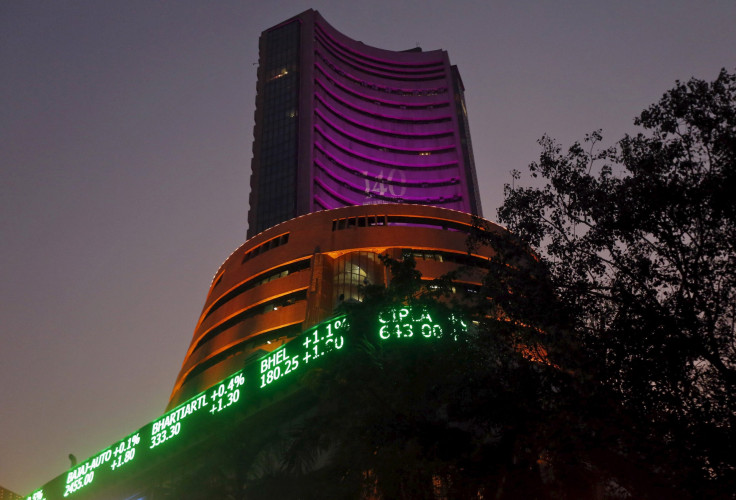India Expects Foreign Direct Investment To Rise By 45% In 2016 Despite Global Slowdown

The Indian government projected foreign direct investment (FDI) to rise by 45 percent in 2016, helped by policies introduced in November, policymakers said Tuesday. The announcement follows government's ongoing efforts to reduce red tape and bolster investor confidence in Asia's third-largest economy.
"FDI will grow by 40-45 percent in 2016 despite the global slowdown. The government has taken vast number of policy measures this year," said Amitabh Kant, secretary in the Department of Industrial Policy and Promotion, according to the Press Trust of India news agency.
In 2014, India ranked fifth in FDI inflows, after China, the U.S., the U.K. and Mexico. However, 2015 is shaping into a milestone year for India, as it outpaced both China and the U.S. as the preferred destination for greenfield investments in terms of proposed capital expenditures.
In November, India increased foreign investment limits in several sectors including private banks, defense and non-news entertainment media. The government also relaxed e-commerce norms for foreign companies with manufacturing facilities in India. In a report last month, industry analyst Fitch Ratings called the policymakers push to ease FDI norms "a significant structural macroeconomic reform."
The country recorded FDI inflows of $31 billion in the first half of 2015, $3 billion more than China and $4 billion more than the U.S., the Financial Times reported. Sectors such as services industry, computer hardware and software, telecom and automobile attracted a major share of India’s FDI this year.
The optimistic projection, however, comes at a time when FDI in emerging markets has broadly declined or stagnated. Research firm fDi Markets reportedly said that 97 of 154 countries, typically classed as emerging markets, experienced decline in capital expenditure on greenfield investment projects in the first six months of this year compared with the same period last year.
Industry watchers have backed the government’s expectations for a significant jump in FDI inflows in 2016, but have warned that it would largely depend on the execution of Prime Minister Narendra Modi’s “Make In India” campaign, which focuses on increasing industrial production in India.
"FDI should improve next year but much will depend on the performance of 'Make in India' program in terms of more reform measures and steps to further improve ease of doing business in the country," Krishan Malhotra of corporate law firm Shardul Amarchand and Mangaldas told the Economic Times.
© Copyright IBTimes 2025. All rights reserved.





















